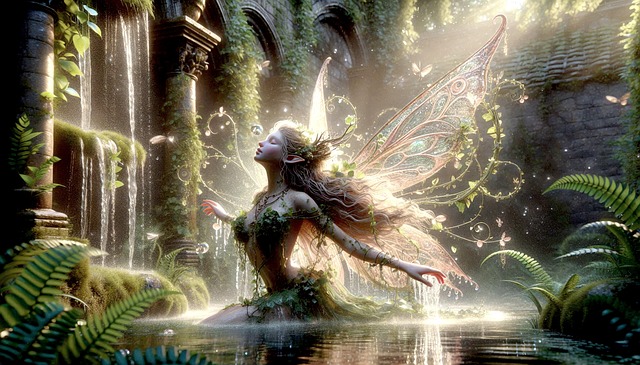Hardscaping water features, including fountains and ponds, enhance outdoor spaces with serene beauty and functional appeal. These elements, crafted from stone, tile, or concrete, offer visual interest through shape, size, and texture. Proper construction involves circulation systems, filtration, and long-lasting materials. Maintenance, from seasonal care to pH balance, ensures these features remain stunning focal points in landscaping design.
“Unleash the beauty of nature with professional design and construction of hardscaping water features, including fountains and ponds. This comprehensive guide explores the intricacies of transforming outdoor spaces into stunning aquatic masterpieces. From understanding the basics of these water elements to delving into design considerations, construction processes, and maintenance tips, we cover it all. Discover how expert craftsmanship can enhance your landscape, creating an inviting oasis that captivates and endures.”
- Understanding Hardscaping Water Features: The Basics of Fountains and Ponds
- Design Considerations for Esthetic and Functional Water Elements
- Construction Process: From Concept to Completion
- Maintenance and Care for Long-Lasting Fountains and Ponds
Understanding Hardscaping Water Features: The Basics of Fountains and Ponds
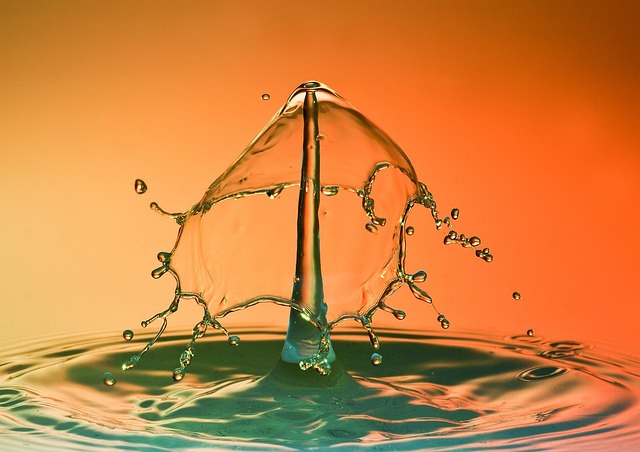
Hardscaping water features, such as fountains and ponds, are integral elements in landscaping design, transforming outdoor spaces into serene and captivating environments. These man-made additions blend seamlessly with natural settings, offering both aesthetic appeal and practical benefits. Fountains, with their flowing waters and diverse designs, can range from simple wall jets to intricate multi-level displays, creating a soothing ambiance while also attracting wildlife like birds and butterflies.
Ponds, on the other hand, provide a more extensive water body, often incorporating natural elements like plants, fish, and even small amphibians. They add depth and texture to the landscape, reflecting surrounding foliage and architecture, and can be designed for various purposes, including aesthetic enjoyment, recreational activities, or even as eco-friendly habitats for local wildlife. Understanding the basics of fountain and pond construction involves considering factors such as water circulation, filtration systems, and materials used to ensure their longevity and visual appeal.
Design Considerations for Esthetic and Functional Water Elements
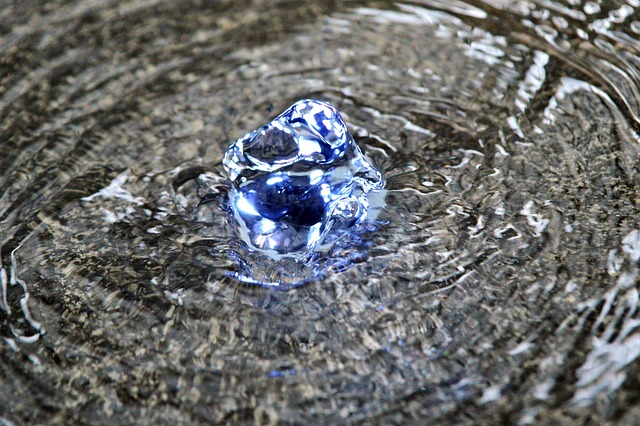
When designing fountains and ponds, both aesthetic appeal and functionality are crucial aspects that require careful consideration. Hardscaping water features offer a unique blend of natural beauty and structured elegance, enhancing outdoor spaces significantly. The overall design should seamlessly integrate with surrounding landscapes while catering to practical needs.
Esthetically, the choice of materials, such as stone, tile, or concrete, plays a vital role in creating visually captivating patterns and textures. Incorporating different shapes, sizes, and styles can transform a simple water element into a focal point that captivates folks. Functionality involves ensuring proper water circulation for health and clarity, incorporating lighting to extend the ambiance into twilight hours, and considering accessibility for maintenance and safety purposes.
Construction Process: From Concept to Completion
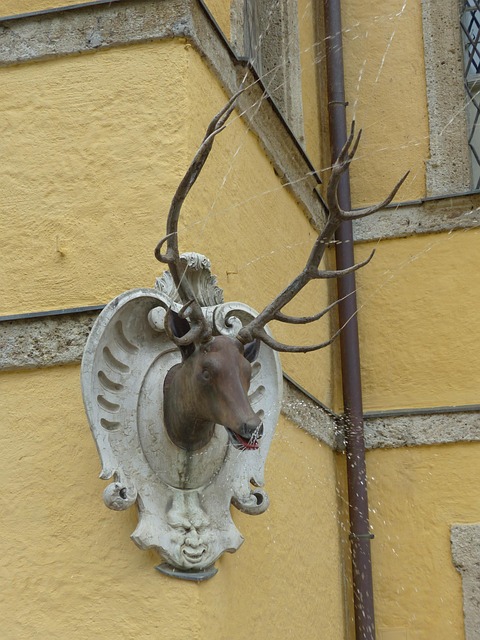
The construction process for professional hardscaping water features, such as fountains and ponds, involves a meticulous journey from concept to completion. It begins with an initial consultation where designers work closely with clients to understand their vision, preferences, and specific requirements. This stage is crucial for translating abstract ideas into tangible designs tailored to the client’s needs.
Once the design is finalized, the project moves into the implementation phase. This involves site preparation, laying out the water feature’s structure, installing pumps, filters, and other mechanical components, and carefully integrating the design into the surrounding landscape. Skilled artisans and engineers collaborate to ensure precision and attention to detail throughout, transforming the initial concept into a functional and aesthetically pleasing hardscaping water feature.
Maintenance and Care for Long-Lasting Fountains and Ponds
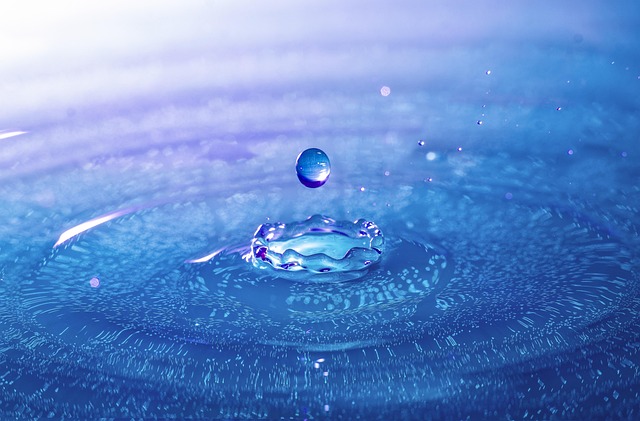
Proper maintenance is key to ensuring your fountains and ponds remain stunning and functional for years to come. Regular cleaning, including removing leaves and debris, is crucial to prevent clogs and maintain water clarity. Balancing chemicals like pH levels and algae growth is essential, especially in warmer months. Consider investing in a quality pump and filtration system to circulate and purify the water continuously.
Additionally, seasonal care is vital. In colder climates, prepare your hardscaping water features for winter by draining and sealing the pond or fountain to avoid damage from freezing temperatures. During spring, perform thorough cleaning and check for any structural issues or repairs needed. With proper care, these outdoor elements can become lasting focal points that enhance any landscape design.
The professional design and construction of fountains and ponds, known as hardscaping water features, involves a careful balance between aesthetics and functionality. By understanding the basics, considering key design elements, and adhering to a meticulous construction process, you can create stunning outdoor spaces that enhance any landscape. Proper maintenance ensures these beautiful additions last for years, providing both visual appeal and tranquility. Incorporating hardscaping water features into your project is a sure-fire way to elevate any outdoor environment.
